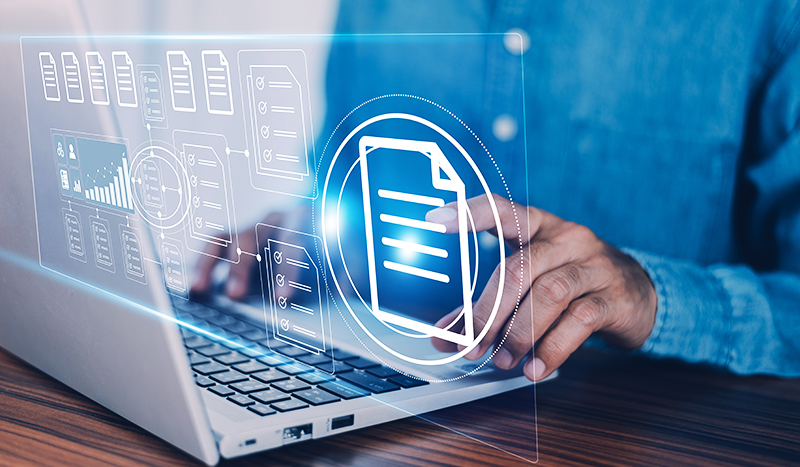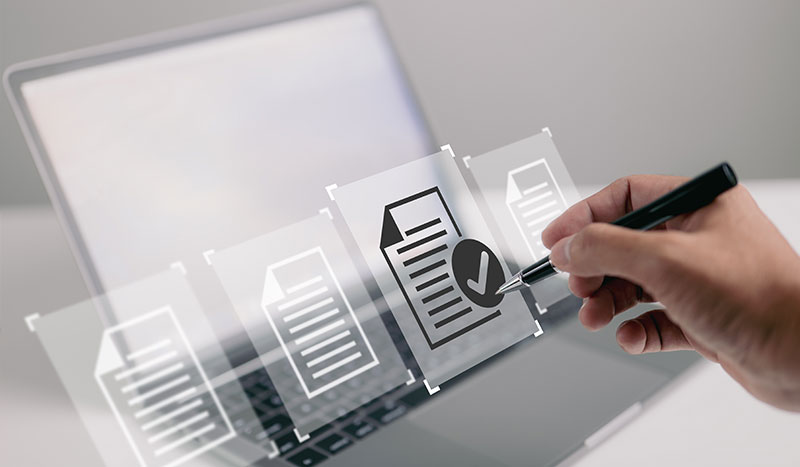Dubai’s economy is a testament to visionary leadership and strategic diversification. In the first quarter of 2024, the emirate’s GDP soared to an impressive AED 115 billion, marking a robust growth of 3.2% compared to the same period in the previous year.
This economic surge results from concerted efforts across various sectors, with transportation and storage and financial and insurance activities, leading the charge with identical growth rates of 5.6%.
The city’s economic narrative is one of relentless ambition and unwavering progress. Dubai’s comprehensive development plans, including the Dubai Economic Agenda and Dubai Social Agenda 2033, are pivotal in enhancing the quality of life and consolidating Dubai’s stature as a global economic capital.
The emirate’s success is not just in numbers but also in creating a dynamic business ecosystem that continues attracting foreign investments.
Affiniax Partners: Your Gateway to Business in Dubai
For entrepreneurs and businesses looking to capitalize on Dubai’s flourishing economy, Affiniax Partners stands as a beacon of expertise. Whether you aim to establish a presence on the mainland or navigate the advantages of Free Zones, Affiniax Partners offers comprehensive services to ease your journey.
From obtaining the necessary trade licenses to advising on company structures, our team of seasoned professionals ensures a seamless setup process. With a deep understanding of the local business landscape, we are adept at guiding companies of all sizes through the intricacies of establishing and growing their business in the UAE. Our services extend beyond Company Formation to include Visa assistance, including applications for Golden visas, Tax Residency Certificates, and Intellectual Property Registration, ensuring that your business is established and primed for success.
In a city that’s synonymous with innovation and opportunity, Affiniax Partners is your trusted ally, helping you unlock the potential of Dubai’s dynamic market. With our support, your business can thrive in an environment that’s conducive to growth and excellence.
Contact Us
Please contact us for any queries on Company formation, Tax Advisory, Accounting and Auditing needs, HR Recruitment Services at mail@affiniax.com or call +971 58-5620168.
















